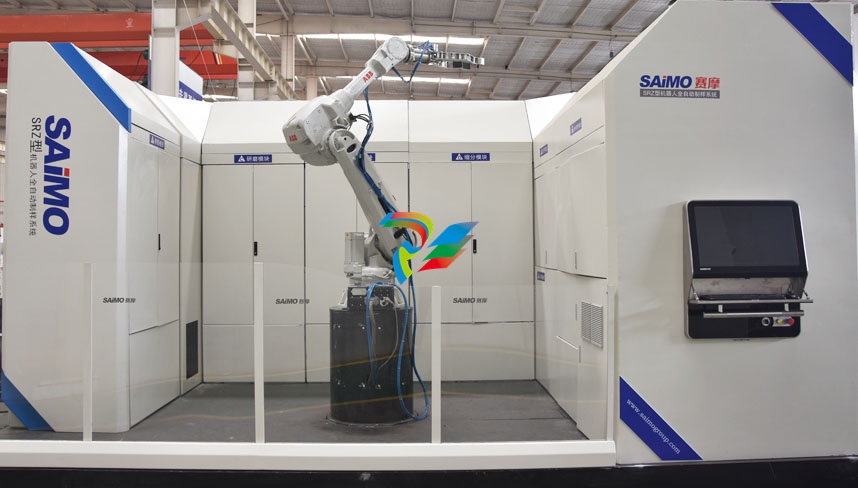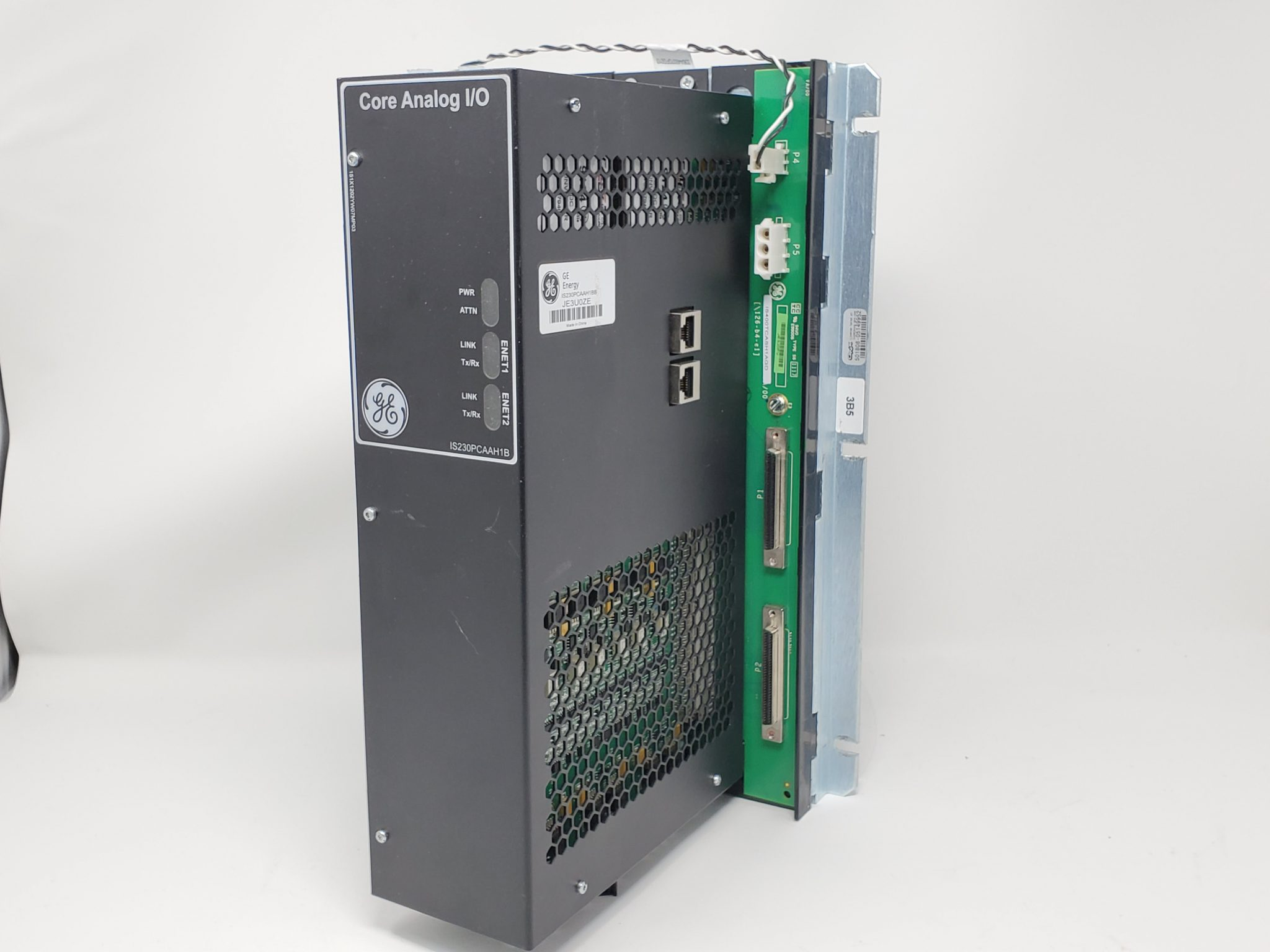
DCS; Industrial control system
Product
Article
NameDescriptionContent
NEW CENTER
Current Location:
AI-Driven Automation Equipment: Paving the Way for a New Era of Intelligent Production
From:
|
Author:huang
|
Time :2024-11-12
|
209 Browse:
|
Share:
(三) Industrial Internet of Things
The Industrial Internet of Things (IIoT) connects and optimizes equipment and factories, enabling seamless communication and data sharing. Through the IIoT, sensors on machines and equipment can send real-time data to a central platform for analysis. This data can be used to monitor equipment performance, optimize production processes, and predict maintenance needs. For example, in a smart factory, IIoT sensors can track the production status of each machine, detect anomalies, and trigger alerts when necessary. The IIoT also enables remote monitoring and control of equipment, allowing manufacturers to manage production from anywhere. According to industry reports, the global IIoT market is expected to reach over $1 trillion by 2025. In the oil and gas industry, IIoT technology is used to monitor pipelines and equipment, reducing the risk of leaks and improving safety.
四、Examples of AI-Driven Automation in Practice

(一) Success Stories in Manufacturing
Some of the world's leading manufacturing companies have already reaped the benefits of AI-driven automation. For instance, a major automotive manufacturer implemented an AI-driven quality control system. By using machine learning algorithms to analyze images of car parts, the system was able to detect defects with an accuracy of over 95%. This not only improved product quality but also reduced the need for manual inspection, saving time and costs.
Another example is a consumer electronics company that adopted AI-driven automation in its assembly line. The system was able to assemble products at a much faster rate than traditional methods, while also ensuring consistent quality. According to the company, the implementation of AI-driven automation led to a 40% increase in production output and a significant reduction in defect rates.
In the pharmaceutical industry, an AI-driven automation system was used for drug packaging. The system was able to accurately package different types of medications at a high speed, reducing errors and improving efficiency. This not only ensured the safety of patients but also helped the company meet the growing demand for medications.
(二) Future Prospects
The future of AI-driven automation in manufacturing looks extremely promising. As technology continues to advance, we can expect to see even more sophisticated applications of AI and automation. For example, the development of more advanced machine learning algorithms will enable machines to learn and adapt even more quickly, leading to further improvements in productivity and quality.
However, there are also challenges that need to be addressed. One of the main challenges is the need for skilled workers who can operate and maintain these advanced systems. As automation continues to replace manual labor, there will be a growing demand for workers with skills in areas such as data analysis, programming, and robotics.
Another challenge is the issue of data security and privacy. As AI-driven automation systems rely on large amounts of data, there is a risk of data breaches and cyberattacks. Companies will need to invest in robust security measures to protect their data and ensure the integrity of their operations.
Despite these challenges, the potential benefits of AI-driven automation are too great to ignore. In the future, we can expect to see more companies embracing this technology and reaping the rewards of intelligent production.























.jpg)












































.jpg)
.jpg)





.jpg)



.png)
.jpg)

.jpg)
_lVjBYb.jpg)

.jpg)
.jpg)



.jpg)
.jpg)







.jpg)

.jpg)
.jpg)











.jpg)





